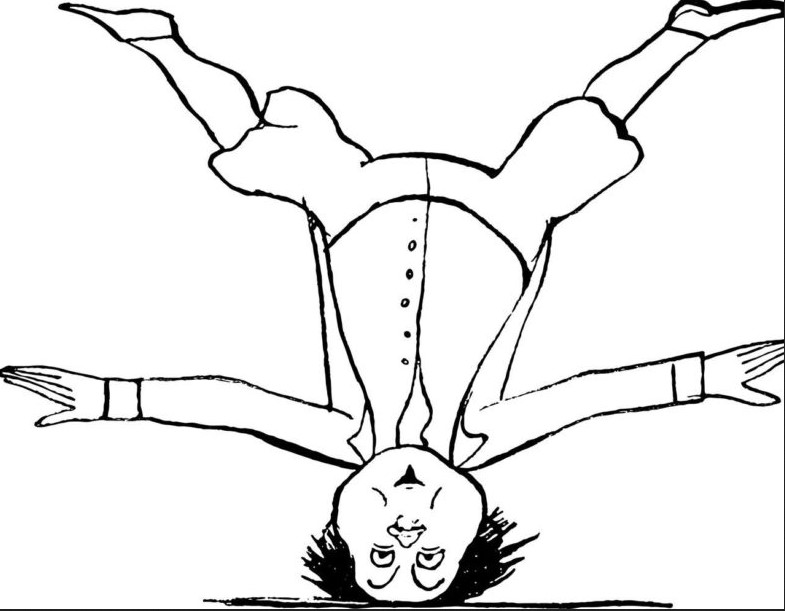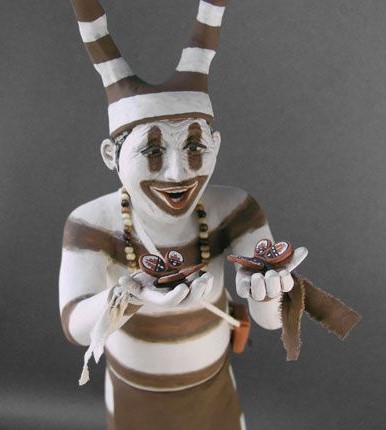The Opposite Principle
by Michael Stuhlmiller
December 7, 2023 The Opposite Principle
What if,
- Success doesn't depend on what others think of you, but on what you think of yourself?
- It doesn't matter whether you cross the finish line first or last to emerge as the winner?
- "Having no idea" is the ideal attitude for being inspired?
- You realize that external pressure doesn't crush you, but rather provides the support you need to dare to do extraordinary things?
- Failure is the interface where something new can happen and you end up even more successful than before?
If these questions interest you, you're ready for the Opposite Principle.
The "Gegenteiler" is the oldest archetype of the clown. Mystics, magicians, and shamans have used this archetype throughout history.
Among the North American Indians, they were called the Heyokas, the Opposites, or Tricksters, ritual clowns, crazy masters of the unexpected.
The Oriental version is the eternally stupid Mullah Nasreddin, full of hidden wisdom.
In Asia, it is the crazy Zen masters who, with their koans, pose their followers with unanswerable questions.
Around the world, the Opposites invented countless methods to break through the rigidity of life. From them, we can learn that things are more than what we think they are.
The clown masters the Opposites principle. From him, I learned to turn things upside down, to reconstruct them, and to see the opportunity for success precisely when others back down. The clown knows how to resolve deadlocks with humor.
The art of playful failure is part of his natural habitat: When he stumbles, the clown transforms his fall into the first step on a new path. When he's on his face, he discovers unexpected possibilities from a different perspective. He also sees the humor in every argument and thus finds his way out of confrontation. He even uses hierarchies as a game piece – because the result counts, not status.
The "Gegenteiler" knows that the true rule of life is a change of perspective.


